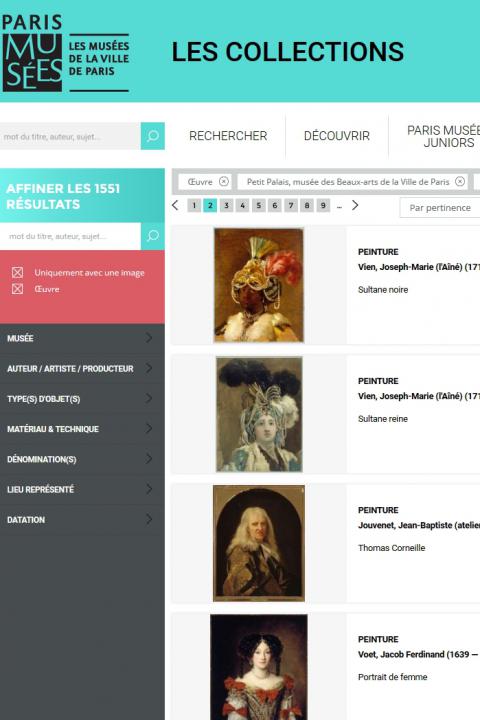Ivory plays an important role in the history of precious arts in the Middle Ages. Heir to the ivory work of the ancient world, this art developed in the Eastern Christian world in particular. As the capital of the Eastern Roman Empire from the 4th century until 1453, Byzantium constituted an autonomous and original artistic world.
This plaque of the Virgin and Child enthroned belongs to the movement known as the “Macedonian Renaissance” (9th - 11th centuries).The Virgin, seated on a monumental throne placed under a canopy is holding the child Jesus on her lap. Two medallions containing busts of the apostles John and Paul, or perhaps the prophets Isaiah and Ezekiel, are placed on either side of her face.
This sculpted plaque probably decorated the front of the binding of a manuscript. It offers an illustration of a major current in 10th century Byzantine art, which reinterpreted designs from antiquity in its own style and had ties with the Nicephorus group of works (named after the Byzantine emperor Nicephorus, 963 to 969) as is indicated here by the simplified drapery, monumental appearance of the Virgin and the softness of the faces.

City of Paris municipal collection's website
The collections portal can be used to search the collections of Paris’s 14 municipal museums (approximately 336,000 works, including 43,000 belonging to the Petit Palais).
It is also possible to download around 12,000 images of the museum’s works free of charge.
Access the Museums of the City of Paris collections portal
Extern databases
Discover a selection of databases online presenting works from the Petit Palais or documents concerning the history of the museum.
